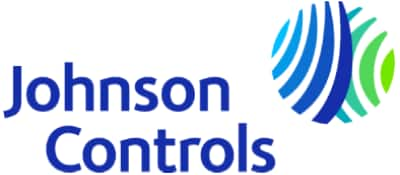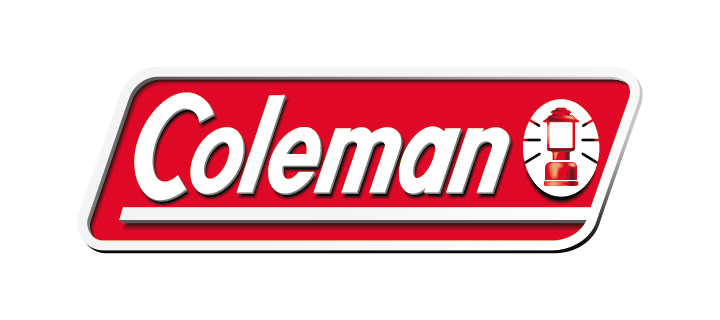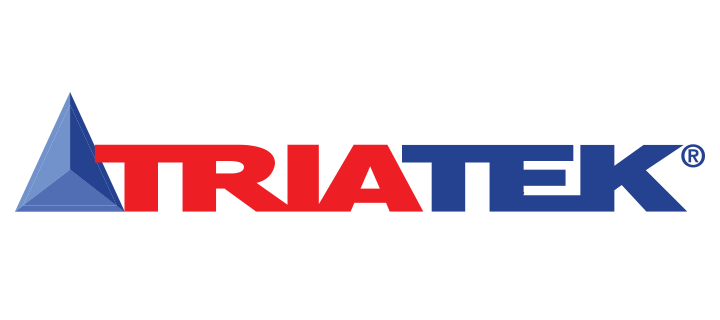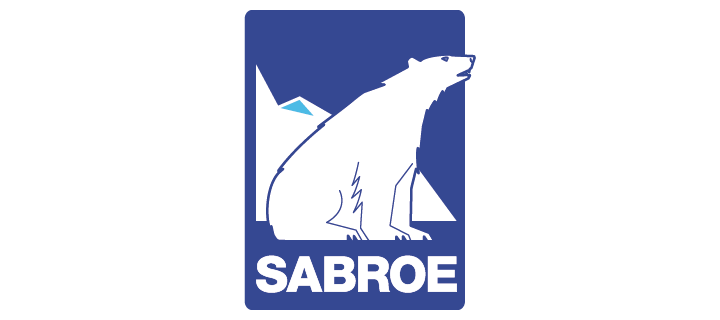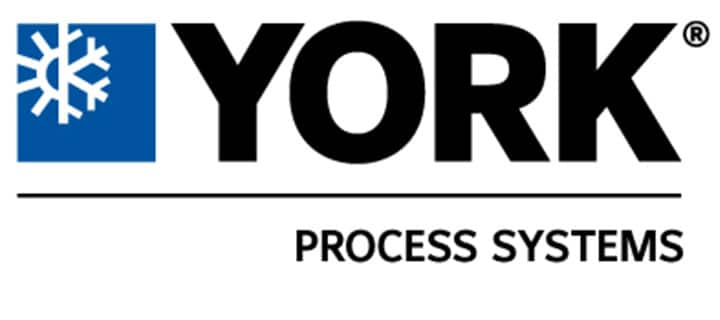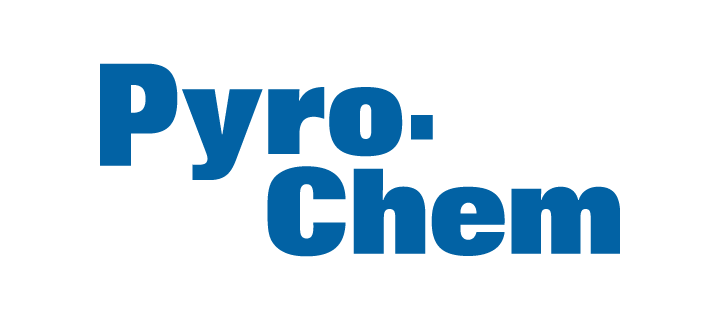Mississippi Department of Information Technology Services
Data Center Requires Security and Reliability
The Mississippi Department of Information Technology Services (MS Dept. of ITS) provides statewide leadership and services that facilitate cost-effective information processing and telecommunications solutions for the state of Mississippi and its agencies. “Chiller reliability is critical to our operation, providing comfort cooling as well as critical cooling to our systems,” says Jeff Jennings, data center infrastructure manager.
Because chiller reliability is so important to its operations, the MS Dept. of ITS has equipped its chillers with Johnson Controls Smart Connected Chillers technology, which integrates industry-leading remote monitoring and analysis tools to provide proactive maintenance and faster response times for the chillers under a Planned Service Agreement (PSA).
A key feature of the offering is the secure connection between the MS Dept. of ITS chillers and the Johnson Controls cloud-based Microsoft Azure analytics platform, service technicians and Remote Operations Center (ROC).
“Security and reliability are always a concern as customers are introduced to this program,” says Glenn Clark, Johnson Controls service manager. “Fortunately, we are able to offer them both. Using a secure connection and providing a service that monitors their equipment 24/7 every day of the year, local technicians have continuous access to equipment operating data and trends.”
Two protocols, one streamlined service
The program with the MS Dept. of ITS connects two YORK® YCIV air-cooled chillers and three other water-cooled chillers that use different communications protocols: BACnet for the YORK® chillers and LonWorks for the other three. The ability of Johnson Controls to connect both YORK® and non- YORK® chillers provides the customer with a single point of contact for all chiller maintenance and monitoring services, which simplifies their operations and extends the benefits of the Smart Connected technologies to all chillers throughout their plant.
Remote connectivity for a fast response
Smart Connected Chillers store all of the data that the chiller generates – which can be over 200 points of information – in a cloud-based analytics platform. Whenever a safety fault or warning occurs, trained building operators at the 24/7 Remote Operations Center receive an alert, which they relay to one of the Johnson Controls technicians assigned to the MS Dept. of ITS account.
“Our job is to get the call, proactively evaluate and respond to it, and notify our customer as quickly and efficiently as possible,” Clark continues. “By telling them about a potential problem and what we’re doing to address it, we create a sense of security for them.”
Smart Connected Chillers can use either the customer’s network or a cellular data connection. “The fear of putting their security at risk is probably the biggest concern potential customers have regarding the program,” Clark says. “Having the ability to tell them we’re not going to use their network pretty much eliminates that fear.”
Taking a proactive approach
Smart Connected Chillers also allow Johnson Controls technicians to schedule corrective maintenance which reduces disruption to customer operations and helps to avoid emergencies. “Our customers hate emergencies, because emergencies can mean a loss of cooling for an indefinite period of time, which is unacceptable in critical operations like the MS Dept. of ITS,” says Clark.
From the customer’s perspective, the program gives them peace of mind that their chillers are being monitored and potential problems will be identified and resolved. “Our Johnson Controls service technicians can monitor each component in our chiller plant without having to go in four or five different directions,” said Jennings. “It’s the single pane of glass that appeals to me. With everything located in one screen, problems are detected immediately. In our business, every second counts, so anytime our Johnson Controls technicians can catch something before our team members, it allows us the ability to react and minimize any risks and damages that might occur. That’s invaluable to us.”
